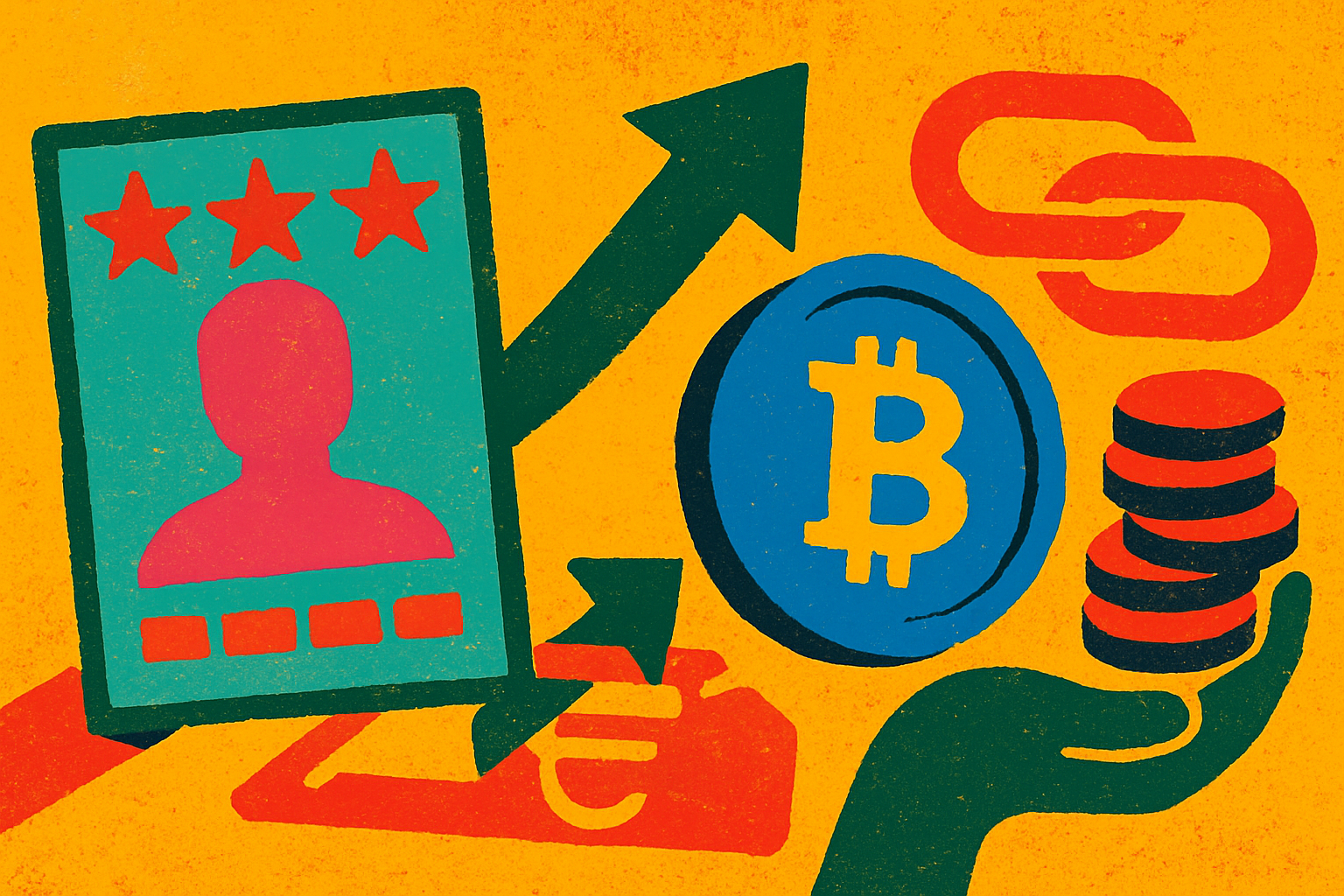
In the rapidly evolving world of decentralized finance (DeFi), under-collateralized crypto loans are emerging as a transformative force. Traditionally, DeFi lending relied on over-collateralization, which limited capital efficiency and excluded many would-be borrowers. Now, on-chain risk scores are changing the landscape by enabling lenders to assess creditworthiness directly from blockchain data, lowering collateral requirements and expanding access to financial services.

How On-Chain Risk Scores Work
An on-chain risk score is a decentralized credit scoring mechanism. Instead of pulling data from traditional credit bureaus, these systems analyze a wallet’s historical activity across public blockchains. This includes:
- Repayment history on previous loans
- Frequency and size of transactions
- Interactions with various DeFi protocols
- Liquidation events and default rates
The result is a dynamic, transparent score that reflects real-time user behavior and risk exposure. Platforms like Cred Protocol, RociFi, and Spectral are at the forefront of this innovation, leveraging blockchain’s immutable record to build trust without intermediaries.
Real-World Implementations in DeFi Lending
The adoption of decentralized credit scoring is no longer theoretical. Several protocols now use on-chain risk scores to unlock under-collateralized lending:
Top DeFi Platforms Using On-Chain Risk Scores for Under-Collateralized Loans
-

RociFi: RociFi leverages on-chain credit scoring to assess borrower risk, enabling access to under-collateralized loans. Borrowers with favorable risk profiles can secure loans with as little as 71% collateral, increasing capital efficiency in DeFi.
-
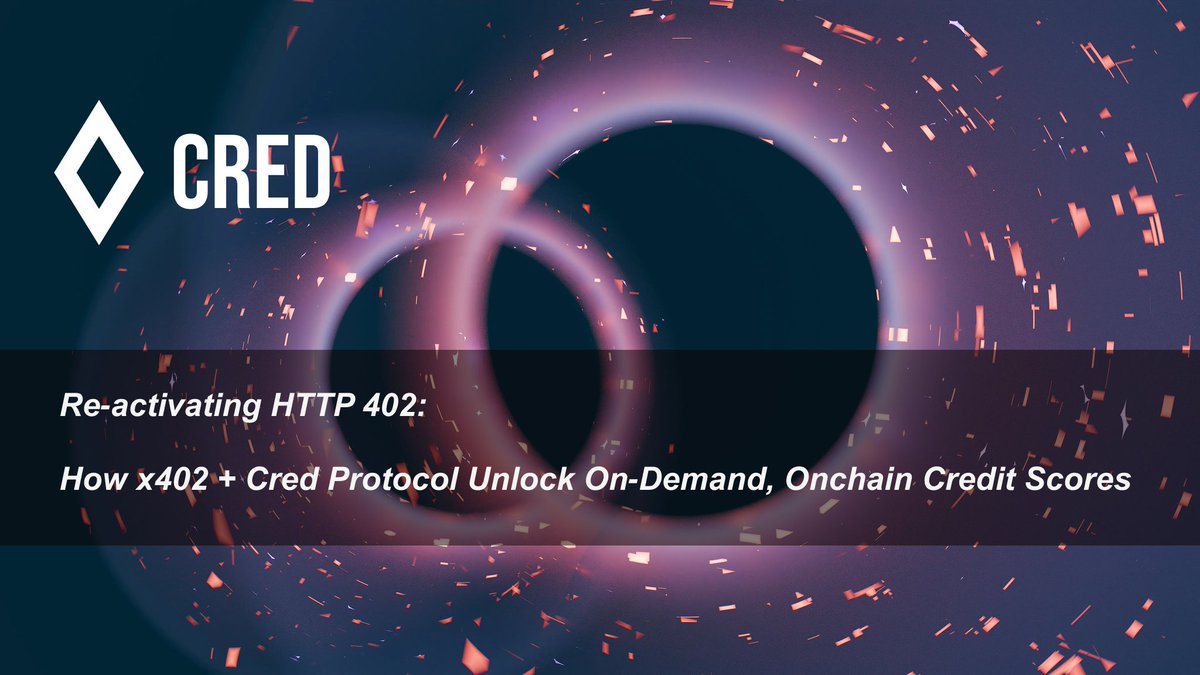
Cred Protocol: Cred Protocol develops decentralized credit scores by analyzing blockchain activity, such as repayment history and protocol interactions. This system allows the platform to offer under-collateralized loans to users who demonstrate strong on-chain creditworthiness.
-
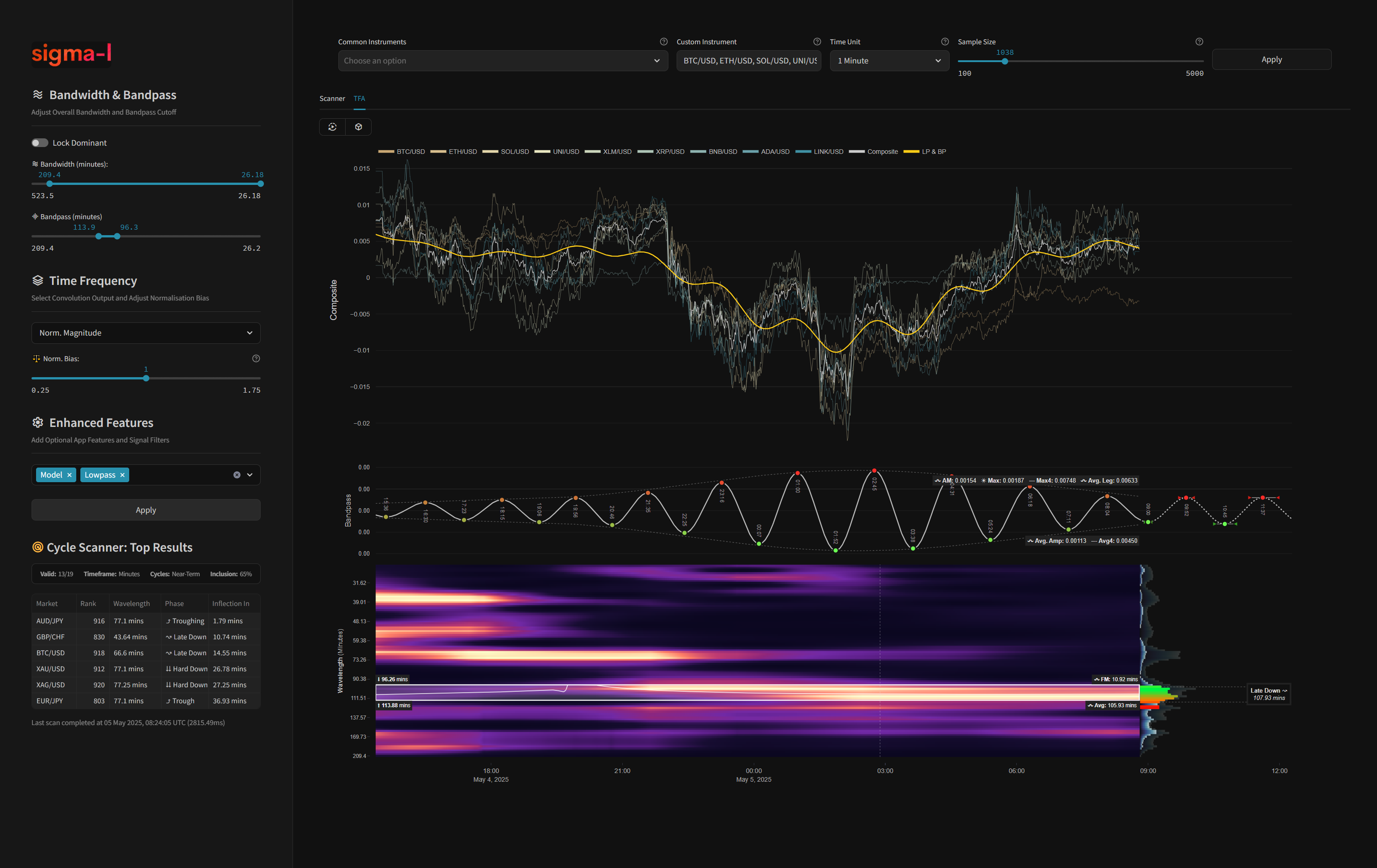
Spectral: Spectral introduces the Multi-Asset Credit Risk Oracle (MACRO) score, an on-chain metric similar to a FICO score. By evaluating wallet activity and loan performance, Spectral enables DeFi lenders to offer under-collateralized loans based on transparent, data-driven risk assessment.
RociFi, for example, assigns borrowers a score based on fraud risk, reputation, and repayment history. Those with lower risk can access loans with as little as 71% collateralization – a significant improvement over the typical 150% or higher required by most DeFi platforms (source). Meanwhile, Spectral’s Multi-Asset Credit Risk Oracle (MACRO) offers an on-chain equivalent to FICO scores, ranging from 300 to 850 and updated as users interact with DeFi protocols (source).
“A credit scoring system empowers decentralized platforms to evaluate risk and make lending decisions grounded in real data. ” – Huma Finance (source)
The Benefits: Capital Efficiency and Financial Inclusion
The ability to offer under-collateralized crypto loans through accurate risk assessment brings several key advantages:
- Greater Capital Efficiency: Borrowers can access more funds without tying up excessive collateral, freeing up liquidity across the ecosystem.
- Financial Inclusion: Users lacking traditional credit histories can qualify for loans based purely on their blockchain activity.
- Pseudonymous Trust: Decentralized identity (DID) solutions let users build reputations while preserving privacy.
- Dynamism and Transparency: Scores update in real time as users repay or default on loans – all visible and auditable by anyone.
The Challenges Ahead: Privacy and Model Accuracy
No system is perfect – especially when it comes to financial risk management in open networks. One major challenge is balancing transparency with privacy; while blockchain data is public by design, borrowers still need safeguards against undue surveillance or doxxing. Techniques like zero-knowledge proofs are gaining traction as potential solutions.
A second challenge is ensuring that models accurately capture borrower behavior without being gamed or manipulated. As protocols mature, continuous refinement and peer review will be essential for robust DeFi lending risk assessment frameworks.
Despite these hurdles, the momentum behind decentralized credit scoring is undeniable. The sector is attracting increased attention from both institutional and retail participants, with new protocols racing to refine their risk models and expand access to under-collateralized crypto loans. The promise is clear: if DeFi can reliably assess borrower risk on-chain, it can unlock vast pools of capital and democratize lending at a global scale.
Importantly, these advances are not just theoretical. According to Reflexivity Research, under-collateralized lending is already a “rapidly compounding asset class” with credible product-market fit. This shift is visible in the growing volume of loans issued with less than full collateral and in the diversity of users able to participate, ranging from crypto-native individuals to real-world businesses seeking blockchain-based credit solutions.
What Makes On-Chain Risk Scores Unique?
The distinction between on-chain and traditional credit scoring lies in transparency and programmability. Every repayment, default, or liquidation event is recorded immutably on the blockchain. This allows for continuous monitoring by both lenders and borrowers, and for automated adjustments to loan terms based on real-time behavior.
Key Differences: On-Chain Risk Scores vs. Traditional Credit Scoring
-

Data Sources: On-chain risk scores analyze transparent blockchain activity—such as wallet transactions and DeFi interactions—while traditional credit scores rely on private financial data like bank accounts, loan histories, and payment records.
-

Accessibility & Inclusion: On-chain scoring enables access for users without conventional credit histories by evaluating their blockchain behavior. In contrast, traditional credit scoring often excludes the unbanked or those with limited financial records.
-
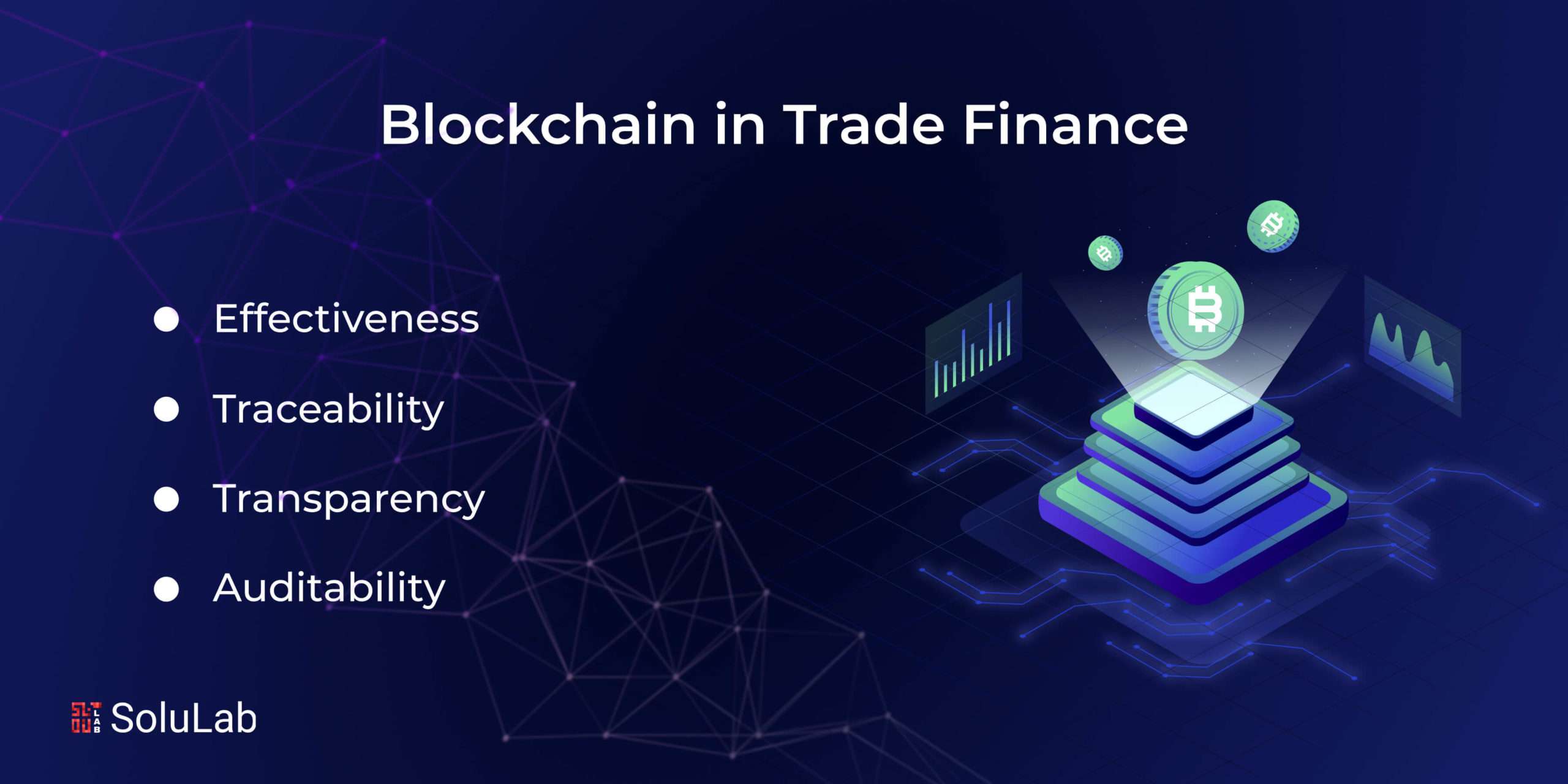
Transparency & Immutability: On-chain scores are based on publicly verifiable and immutable blockchain records, enhancing trust. Traditional scores are calculated using opaque, proprietary algorithms and data not visible to consumers.
-
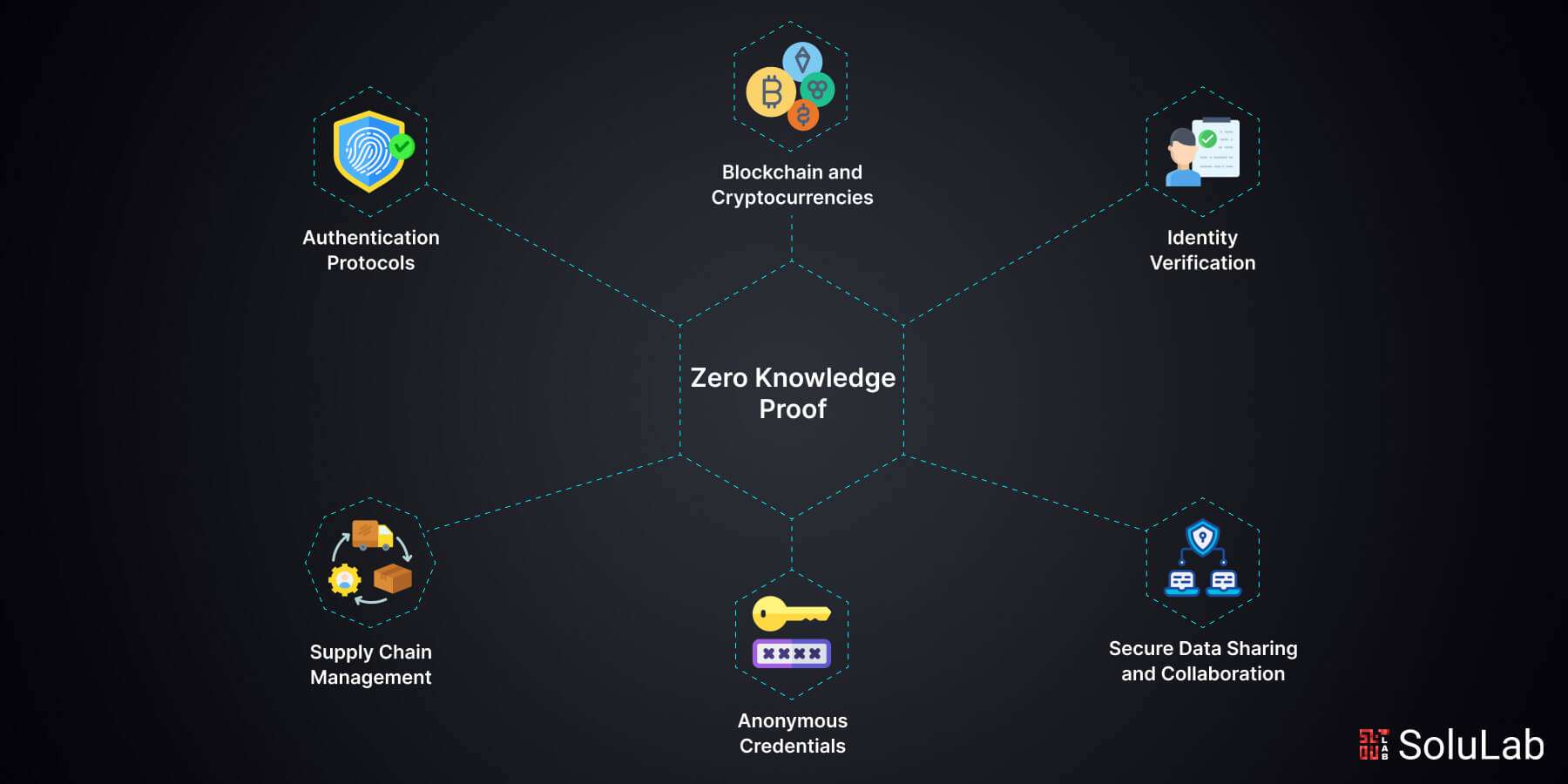
Privacy Considerations: On-chain systems must balance data transparency with privacy, often using cryptographic techniques like zero-knowledge proofs. Traditional systems keep data private but centralized, raising concerns about data breaches and misuse.
-

Real-Time Updates: On-chain risk scores can update dynamically as new blockchain transactions occur, offering near real-time credit assessment. Traditional credit scores typically update monthly or less frequently.
-

Global Reach: On-chain scoring is borderless, allowing anyone with a crypto wallet to be assessed, while traditional credit scoring is often limited by national systems and regulations.
Moreover, composability enables seamless integration of risk scores into a wide range of DeFi products, from flash loans to NFT-backed lending markets. As more protocols adopt standardized risk assessment tools like Spectral’s MACRO score or Cred Protocol’s decentralized evaluations, interoperability across platforms will only improve.
Looking Forward: The Road to Mainstream Adoption
For on-chain risk scores to reach their full potential, several developments are needed:
- Privacy-enhancing technologies: Zero-knowledge proofs and similar cryptographic tools must be implemented at scale so that users’ financial histories remain confidential while still verifiable.
- Robust data standards: The industry needs common frameworks for evaluating blockchain repayment history and other behavioral signals across chains.
- User education: Borrowers should understand how their on-chain actions impact their decentralized credit profiles, and how responsible participation can open doors to better rates or higher limits.
The convergence of transparent data, programmable logic, and innovative privacy solutions positions DeFi lending for exponential growth. As protocols continue refining their models and expanding integrations with real-world assets (RWAs), under-collateralized crypto loans will become increasingly mainstream, empowering millions who were previously excluded from traditional finance.
This is not just a technological upgrade, it’s a fundamental reimagining of trust in financial systems. By leveraging immutable repayment histories, dynamic risk scores, and open infrastructure, DeFi can finally deliver on its promise of accessible, efficient capital for all.





